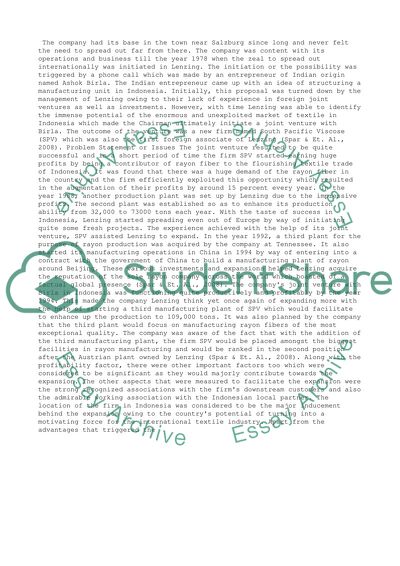Cite this document
(“Production and Operations Management. Lenzing AG Case study”, n.d.)
Retrieved de https://studentshare.org/management/1392879-case-analysis
Retrieved de https://studentshare.org/management/1392879-case-analysis
(Production and Operations Management. Lenzing AG Case Study)
https://studentshare.org/management/1392879-case-analysis.
https://studentshare.org/management/1392879-case-analysis.
“Production and Operations Management. Lenzing AG Case Study”, n.d. https://studentshare.org/management/1392879-case-analysis.


